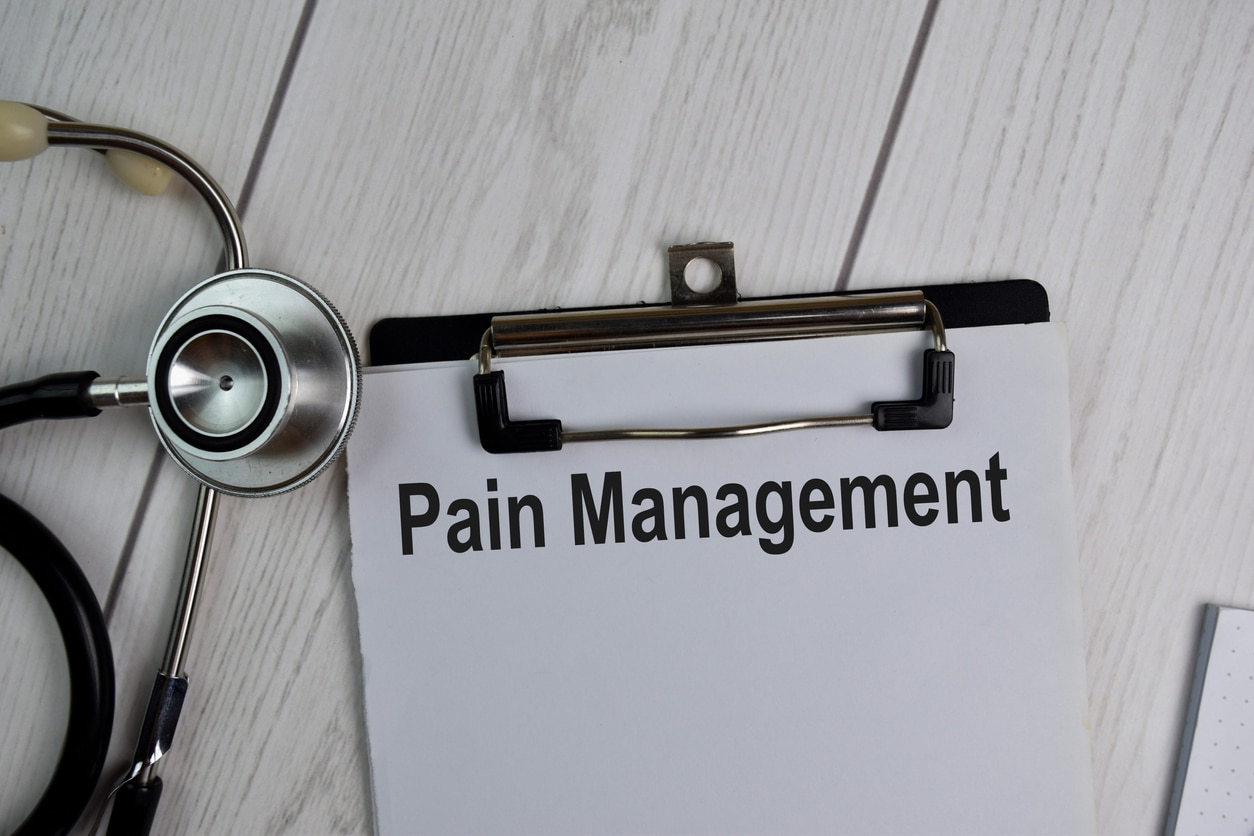Pain is a warning system that alerts your body to potential harm. The brain interprets signals, creating experience of pain. Managing pain often involves a mix of medical, psychological, and rehabilitative approaches. The treatment depends on the nature and cause of pain, It’s varies from person to person.
Opioids
Opioids bind to opioid receptors, which include Mu, Kappa, and Delta receptors.
Mu receptors are widely distributed in the brain, spinal cord, and digestive tracts. Their actions include sedation, analgesia, physical dependence, constipation, miosis, euphoria, respiratory depression, and vasodilation.
Kappa receptors are predominantly found in the brain and digestive tract. Their actions include dysphoria (feeling dissatisfaction), analgesia, constipation, anticonvulsant action, and diuresis.
Delta receptors are more prevalent in the spinal cord and digestive tract. Their actions include spinal analgesia, constipation, antidepressant effect, convulsant action, physical dependence, and respiratory depression.
Strong Agonist
Strong opioid agonists act directly on the central nervous system (CNS).
- Morphine
- Meperidine
- Heroin
- Methadone
- Oxycodone
- Hydrocodone
- Oxymorphone
- Hydromorphone
- Fentanyl
- Sufentanil
- Alfentanil
- Remifentanil
Morphine primarily interacts with Mu and Delta receptors. It is contraindicated in head injuries due to the potential increase in intracranial tension. The antidote for Morphine overdose is Naloxone. Morphine decreases GI motility.
Heroin has been withdrawn from the market due to an increased risk of addiction and habituation. Meperidine is not typically used for chronic pain management.
Methadone is used in the treatment of opioid addiction. It acts as a Mu agonist and also exhibits NMDA receptor antagonism. All Mu agonists help manage neuropathic pain, but sometimes higher doses are needed for efficacy. Methadone is used for severe chronic pain with radiculopathy secondary to spinal stenosis, but should not be used for breakthrough pain.
Hydrocodone is commonly used as a short-acting agent and is available in combination with acetaminophen or ibuprofen. Hydrocodone is often the preferred choice among opioids in patients with renal insufficiency and in geriatric patients who are resistant to tramadol.
Fentanyl, Sufentanil, Alfentanil, and Remifentanil are used as anesthetic agents via intravenous administration in general anesthesia. Naloxone is effective for reversing Fentanyl overdose. Fentanyl transdermal patches are available for pain management, but caution should be exercised to avoid increases in body core temperature when using them.
Moderate or low Agonist
- Codeine
- Pholcodine
- Ethylmorphine
- Loperamide
- Diphenoxylate
Codeine is the prodrug of morphine, used as a cough suppressant in the management of dry cough.
Loperamide and Diphenoxylate are anti-diarrheal medications.
NSAIDS
NSAIDs (Nonsteroidal Anti-Inflammatory Drugs) inhibit the COX enzyme, decreasing the synthesis of prostaglandins. NSAIDs have antipyretic, analgesic, and anti-inflammatory activity. Paracetamol has no anti-inflammatory activity because it is a COX-3 inhibitor.
Non-selective COX inhibitors increase the risk of peptic ulcers with long-term use. Selective COX-2 inhibitors decrease the risk of gastric ulcers with long-term therapy.
Non selective COX inhibitors
- Salicylates: Aspirin, Diflunisal. Aspirin is used as a prophylactic drug in the management of myocardial infarction (MI) and stroke. The dose varies depending on the situation. It is also used in the treatment of dysmenorrhea.
- Propionic acid derivatives: Ibuprofen, Naproxen, Flurbiprofen, Fenoprofen, Ketoprofen. Ibuprofen and Naproxen are the safest NSAIDs. Long-term use of Naproxen can result in renal failure. Always use GI protectors like proton pump inhibitors.
- Anthranilic Acid Derivatives: Mefenamic acid is the drug of choice for dysmenorrhea.
- Aryl Acetic Acid Derivatives: Diclofenac, Aceclofenac
- Oxicam Derivatives: Piroxicam, Tenoxicam
- Pyrrolo-Pyrrole Derivatives: Ketorolac
- Indole Derivatives: Indomethacin is the most preferred NSAID in the management of acute gout and is used in the treatment of patent ductus arteriosus.
- Pyrazolone Derivatives: Phenylbutazone, Oxyphenbutazone
- Aryl Alkanoic Acid Derivatives: Tolmetin, Sulindac
Preferential COX-2 Inhibitors
- Nimesulide
- Meloxicam
- Nabumetone
- Etodolac
Selective COX-2 Inhibitors:
- Celecoxib
- Rofecoxib
- Valdecoxib
- Etoricoxib
- Lumiracoxib
These are contraindicated in ischemic heart disease, cardiovascular disease, and kidney dysfunction.
Alternative Therapy
- Physical Therapy
- Acupuncture
- Massage Therapy
- Mind-body Techniques
Combination Therapy
These therapies are followed by a multimodal approach, meaning they combine different therapies, such as using opioids or NSAIDs along with alternative therapy.
When we are taking pain relievers, we should know the cause of pain beforehand. Analgesics are not a permanent solution for curing pain. Prolonged use of analgesics can result in some side effects, so it’s important to find the cause of the pain for proper treatment.


